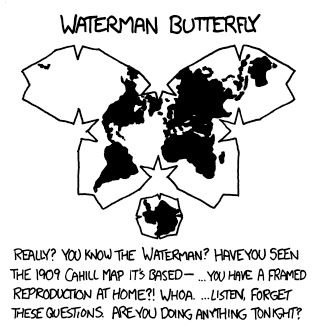- cross-posted to:
- [email protected]
- cross-posted to:
- [email protected]
You might not see it if you have specific languages selected and not catalan
cross-posted from: https://lemm.ee/post/44181347
Source: https://old.reddit.com/r/catalunya/comments/1fwo5nn/he_fet_un_mapa_dels_serveis_ferroviaris_de/


SBB? It looks like the Tube Map to me
I guess you’re right. It used to look more similar but not quite anymore. They all look similar to me though.
This is the current version of the SBB. There’s also an interactive version.
I’m under the impression that pretty much all railway maps are based on, or developed from, the style of London Underground (also known as “The Tube”) maps from the 1930s onwards - so they all look kind of similar, because the designs all grew and developed from the same starting point.
https://en.wikipedia.org/wiki/Transit_map#History